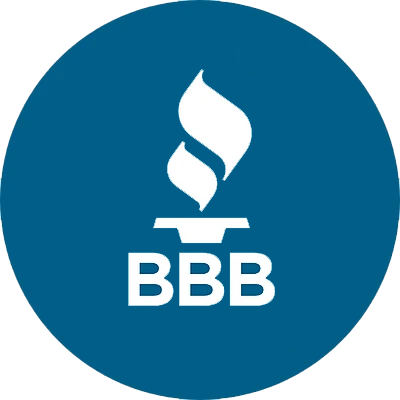Visit davedinkel.com for full privacy policy, terms of use, etc. Be sure to contact us through the website at davedinkel.com if you have questions or concerns ([email protected]). Results mentioned in this presentation and any video, article, and/or material related to Dave Dinkel and his associated businesses are not typical nor are a guarantee of any earning potential. No advice is to be construed as legal, accounting, or professional advice EVER. Please consult related licensed and qualified professionals before taking any action. No person(s) mentioned in the articles and /or shown on videos received compensation in any form for their opinions.
Last week, we had four new students come in with their first deals. I decided to make this really quick video because I already made the slide presentation for what we call our new deals at our club meeting. So all of these are using no money, no credit, and they took no risk in doing the deals. (Learn more about Transactional Funding here).
This is the first A – B HUD. Purchase price was $62,500. That’s where it is. The other thing notable about this particular HUD statement was the seller paid $19,564 in closing costs. This is the important part of the HUD. Here’s what the student needed to close the deal, $61,434.86.
Now, that’s because of credits and debits. Debits being expenses from page 2. Credits being accrued taxes and so on. That’s what the student needed. No money in the deal. Left side is always the buyer’s side. Right side is the seller’s side. This $40,941.78 is what the homeowner, seller in this case took home. And net cost to student as I said, $61,434.86. No money in the deal.
But now, let’s look at the B – C HUD. No money in the deal is fine but you got to sell it. The sales price was $89,000. There’s the $89,000.
The bottom half of the B – C HUD, this is where the money is. $19,514.37 net bottom line profit. That was again, no money on the deal. That’s the student. He has two checks if you notice. Why would he have two checks? In some of our programs, what we call Fearless Real Estate Investing, we actually refund the cost of the class if you split a deal with us. In this case, he split the deal with us and we refunded his tuition on the Fearless class.
Here’s the second one. That’s the A – B HUD. Purchase price was $75,000. And here’s the bottom half of the HUD. He needed $77,009.11 to close. And again, the seller went away with $66,000. Net cost to student, $77,009.11. No money in the deal.
Here’s the B – C HUD. Again, this is where the money is. Sell price is at $110,000 and here’s the bottom half of the B – C HUD. And there’s the student’s profit, $32,024.14.
Now, if the student has a deposit up and that deposit is reduced from this net profit amount and he did not have a deposit up in this case, so that’s his net profit, $32,024.47. No money in the deal.
Okay, and there he is, holding up his check for the profit on the deal.
Here’s another HUD. Purchase price $90,700. Here’s the bottom half of the HUD. So the student needed $90,796.91. No money in the deal once again. What we’ve done is transactional funding on these first three deals.
Okay, here’s the B – C HUD. Sell price was $129,000 and here’s the bottom half of the B – C HUD. And there’s the student’s net profit, $32,939.91. No money in the deal. And there he is getting his check from Jim. Jim is my partner. And Jim loves to take these pictures. Typically, we do everything by wire transfer so we don’t often actually have students standing in front of us while handing them a check. But it’s nice to see faces every once in a while.
Here’s the last one. Again, this is going through pretty quick. Purchase price $220,000. This is the bottom half of the A – B HUD. Student needed $221,158.44 he had no money. So we did transactional funding on the deal.
Sale price was $237,500. Again, this is the bottom half HUD on the first page. That’s his net profit, $14,355.40. But again, no money in the deal. It doesn’t matter whether you do a $200,000 property, a $400,000 or a $700,000. You can do them with no money in the deal. All you have to do is align the things that need to take place and just do them.
And there is that person who did this deal. If you notice again, he has got two checks. That check is the profit or the refund of his Fearless Real Estate Investing course. So my question is, why not you? There’s no reason in the world.
To learn more about my real estate investor training and mentoring, click here https://davedinkel.com/mentoring-program/ or click below.
Frequently Asked Questions
Visit davedinkel.com for full privacy policy, terms of use, etc. Be sure to contact us through the website at davedinkel.com if you have questions or concerns ([email protected]). Results mentioned in this presentation and any video, article, and/or material related to Dave Dinkel and his associated businesses are not typical nor are a guarantee of any earning potential. No advice is to be construed as legal, accounting, or professional advice EVER. Please consult related licensed and qualified professionals before taking any action. No person(s) mentioned in the articles and /or shown on videos received compensation in any form for their opinions.


